Port Lincoln, SA
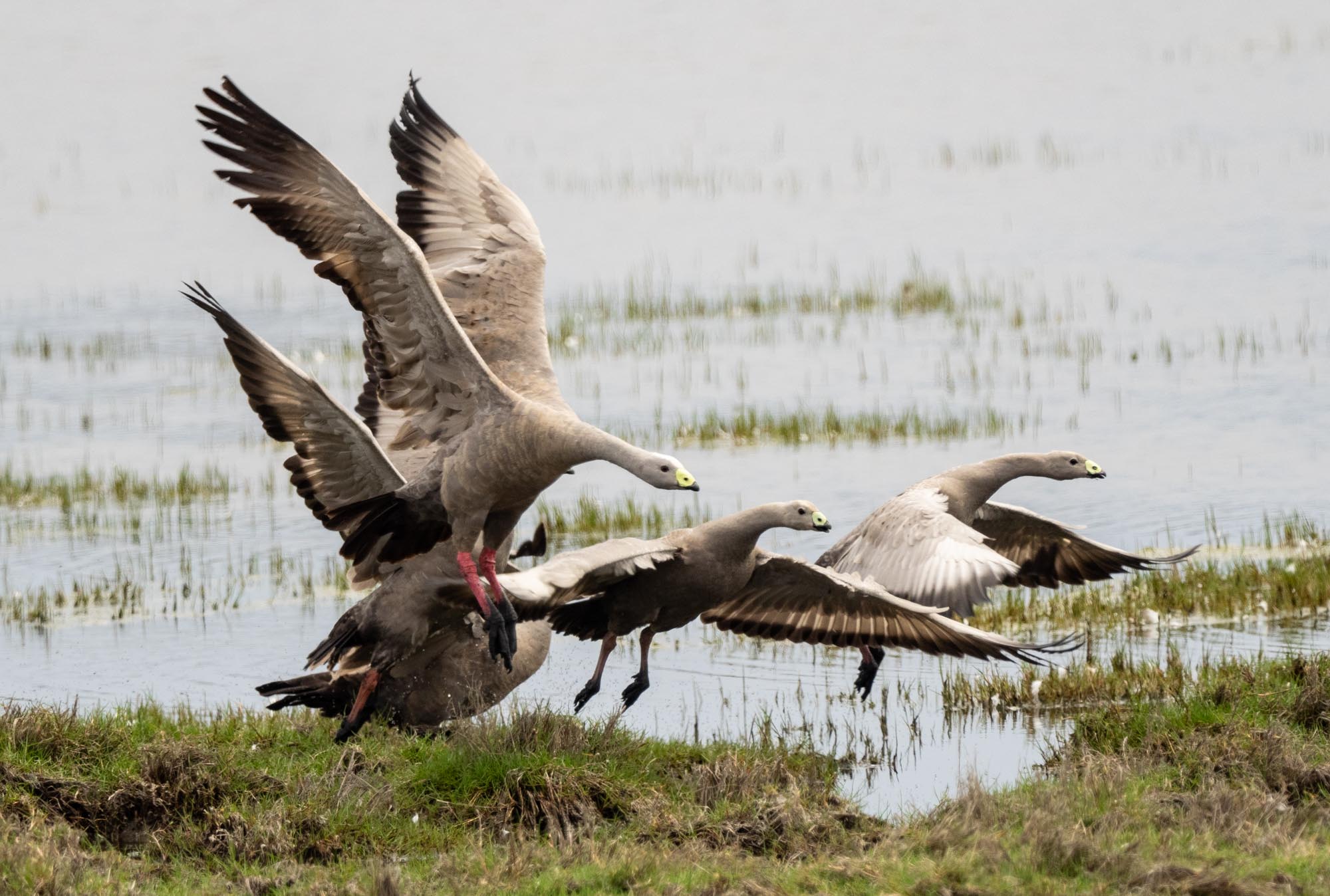
Day 50-55: 24th-28th October
(9913 km)
Back in a coastal town
Our campsites have tended to alternate between contrasting environments on this trip. Peaceful bush camping in a national park or similar, surrounded by Nature. Then back to a caravan park in a less than pristine environment but with access to boring, useful stuff like washing machines, internet, mains power, block ice and a nearby supermarket.
Our next stop followed that pattern, but with an even greater contrast.
After a couple of days of lonely bush camping in the Gawler Ranges National Park in the middle of the Eyre Peninsula, we returned to the coast and a busy town with a Woolworths and a caravan park.
Actually, not as bad as it sounds. Our campsite in Port Lincoln Caravan Park at the south-east tip of the Eyre Peninsula had views of Spencers Gulf and backed directly onto a small patch of native bush. And further around the bay from the caravan park, we could see the wide expanse of Lincoln National Park - just a few kilometres away as the crow flies and another FAB-recommended destination.
Beach in front of our caravan park. That’s the Lincoln National Park in the distance.
The tranquil waters of Spencers Gulf - not always so!
Another lifer en route
On the drive from Gawler Ranges to Port Lincoln we chanced across a rather rare bird of prey, and a lifer for us - the Black Falcon. Another case of hitting the anchors as we sped along the highway and a quick U-turn. Definitely worth it.
We caught this beauty straight after she had alighted on her nest, which was a rather shoddy collection of sticks. This is to be expected, given that the Black Falcon doesn’t make its own nest. Rather, it uses the disused nest of another raptor and just removes any accumulated debris. The avian equivalent of squatting, perhaps?
Parnkalla Trail
Port Lincoln itself is blessed with a 35km long walking trail, which follows the coastline around the city. This passes through native bushland for much of its extent, although several sections are interrupted by industrial sites, housing and a marina.
We explored the stretch immediately in front of our caravan park in the first instance. FAB claimed that a sighting of the Rock Parrot was possible along this trail. We’d been searching for this species all along the south coast of WA, as Kerri explains below.
No Rock Parrots, but plenty of neat rocks. The geology on the foreshore is impressive - a mixture of igneous and metamorphic rocks.
We later drove around to another part of the trail on the far side of the marina, which has access to a rocky headland.
We discovered a flock of Sharp-tailed Sandpipers busily feeding on the rock platform.
When we returned after our walk they were resting in the late afternoon sun - beautiful birds!
Migratory waders like these tend to be either full on or full off - totally engaged in the task of either feeding or doing nothing. This is the most efficient way to accomplish their sole mission while downunder - fattening themselves up, in preparation for their long return journey to Siberia or Alaska at the end of Summer. Seems a bit perverse from our limited human perspective. A lot of natural things are like that.
Lincoln National Park
We were keen to visit this large park as FAB listed quite a few desirable birds that might be found there. Plus after our experiences in the Gawler Ranges, we were looking forward to exploring a relatively undisturbed environment with natural vegetation again.
The vegetation on the walking trails in Lincoln was certainly intact and many of the plants were in flower. But we discovered that WA had well and truly spoilt us. There just wasn’t the same diversity of species and the fantastic array of colours and forms on show here. Mind you, I doubt we’ll ever see another place quite like southwest WA.
Nonetheless we encountered plenty of interesting plants and animals on our walk in Lincoln NP, some of which are shown in this gallery.
A couple of stand-outs were views of emus with chicks.
We disturbed one group of three chicks with several adults as they were drinking at a water hole on a salt lake. They dashed off across the lake.
Old Man Emu
The other group of four chicks was feeding with dad on a grassy plain.
But the biggest hit was another lifer. We’d been searching for the Southern Scrub-robin during most of our journey through WA - without success (we ‘dipped’ in birder parlance). This was clearly a rare bird!
We were back in its range when we entered the Eyre Peninsula and the search was on again. We had a couple of embarrassing mis-sightings in Gawler Ranges.
Then after several hours of searching in Lincoln NP, we finally got it! I was so excited at finding the thing, I let out a cry of “there’s a effing Scrub-Robin!” when I first sighted it dashing between bushes in a clearing.
As it turns out, it’s not such a rare bird after all. We saw it on at least half a dozen occasions in all sorts of places over the next couple of days. We even saw it while sitting in the cub - a pair inhabits the small patch of bush behind our campsite at the caravan park. That tempered the excitement of the find somewhat. But still, it’s a cool bird and lifer #478.
I’ll hand over to Kerri to tell you how we discovered lifers #479 and #480.
A tale of two birds
Consecutive ‘firsts’ on consecutive days during our stay in Port Lincoln. The Cape Barren Goose and the Rock Parrot! We’re excited!!
This trip has done wonders for our ‘life list’. That’s the list of bird species we’ve seen in Australia, ever. OK, it’s a rather nerdy, twitter thing, but it’s fun. The Cape Barren Goose is number 479, the Rock Parrot 480.
The two species have much in common. Both breed on islands off the southern coast of Australia. Both visit the mainland to feed on grasses and various other low-growing plants. But the challenge of ‘twitching’ them could not be more different.
And as I sat thinking back over these two days, it struck me what a contrast the two experiences have been.
Cape Barren Geese
We were on the lookout for them in the area … but exactly where to find them is rather a lottery. It is known that groups will gather on wetlands, crops or pasture … but there is rather a lot of crop and pasture on the Eyre Peninsula! So yesterday, as we drove past the aptly named ‘Big Swamp’ west of Port Lincoln, we were on the lookout but not too hopeful. Yet there they were. Six birds, hard to miss.
They’re large, easy to identify, and compliant subjects for photography. All too easy, really. The luck is in actually finding where they happen to be … seeing them is dead simple!
Rock Parrots
We’ve actually been searching for these small parrots for days. Weeks, even. In the far west of WA, and again here at the tip of the Eyre Peninsula. They are strange parrots. Although nearly identical to the Elegant Parrot, which we saw in the dry woodlands of the Stirling Range, the Rock Parrot lives a very different life.
They breed among rocks on small islands close to the coast, but nip over to mainland to feed. Many return to roost on their home islands. So one way to find them is to look for suitable coastline with nearly rocky islands. And then the search begins.
Having failed to find them on our earlier attempts, and with this being our last day in Port Lincoln, we headed out to the very end of Cape Donnington. The tip-off from FAB yielded gold, yet again! As we drove into the gravel car park at the end of the long road, two birds flew out from the low bushes … and seemed to be heading for the small island offshore. “Wow - that’s them!” “But have they gone!?!?!”
Rock Parrot habitat. They roost and nest on the island in the background.
Convincing ourselves that they might still be onshore, we creep down toward the rocks. Paul spots a bird sitting atop a huge boulder on the beach. I catch up just in time to grab a couple of shots, before this and another three fly off from the beach, back over our heads. Great sighting, useful photo, and that’s the best sighting we get for the rest of the day.
I’ll supplement Kerri’s account of our discovery of the Rock Parrot with some images of another very nice sighting we made at Cape Donnington - a large colony of Black-faced Cormorants. These guys roost and breed on the same island - just offshore - as the Rock Parrots.
And a pod of four dolphins got into the act!
Coffin Bay
Most folk go to Coffin Bay to eat oysters. We went to get the Cape Barren Goose.
OK, after we got the goose we went to a very nice bistro in Coffin Bay and ate oysters. Well, I did at least. Kerri had pickled corn and coconut risotto with toasted pepitas.
The oysters were excellent, you Wonboynites!
Before the oysters.
After the oysters we went exploring in Coffin Bay National Park. A delightful part of the world!
Part of the complex set of waterways in Coffin Bay National Park
LIFERS at Lincoln and Coffin Bay NPs: first ever sightings of these bird species
Southern Scrub-robin, Cape Barren Goose, Rock Parrot







































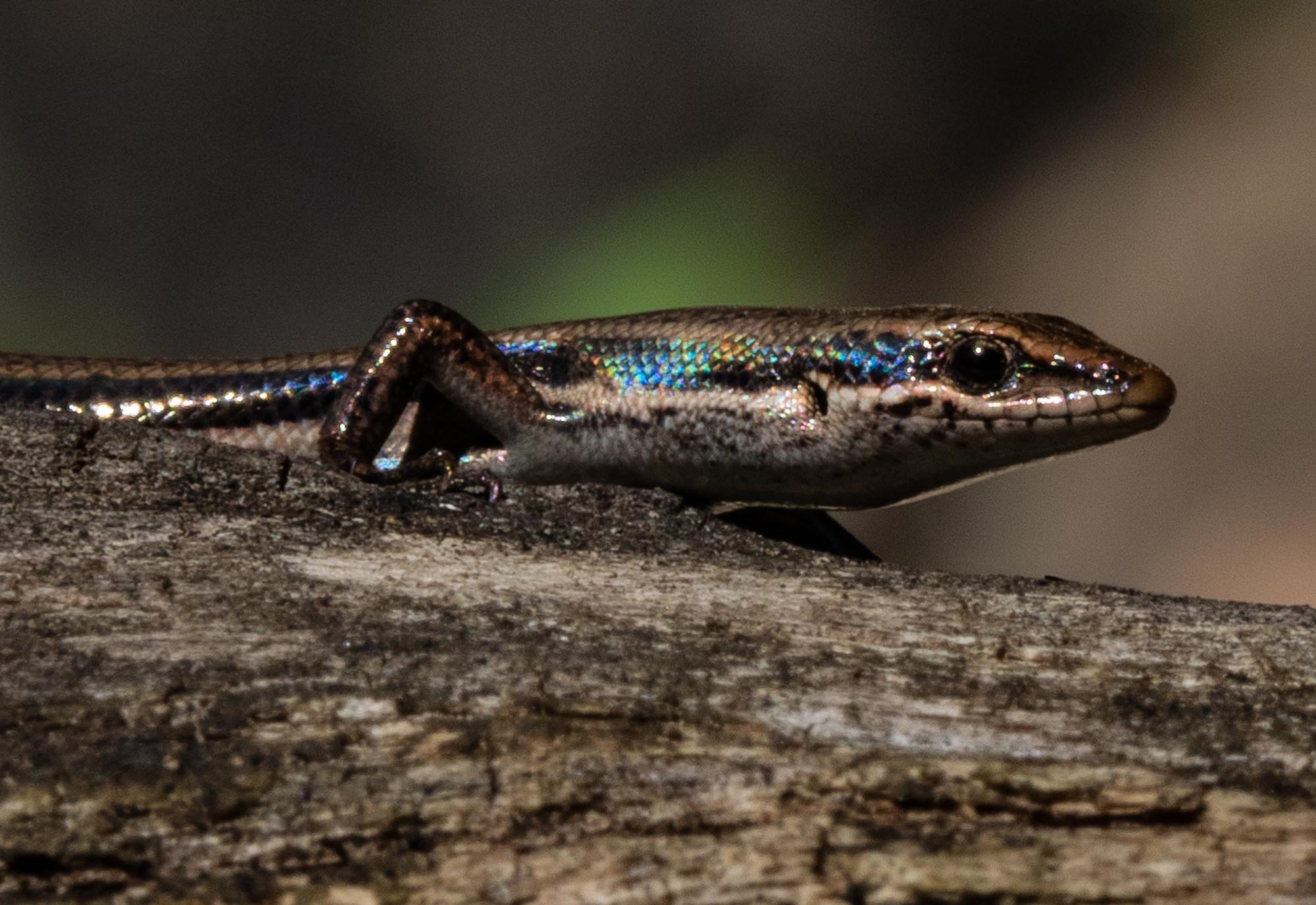



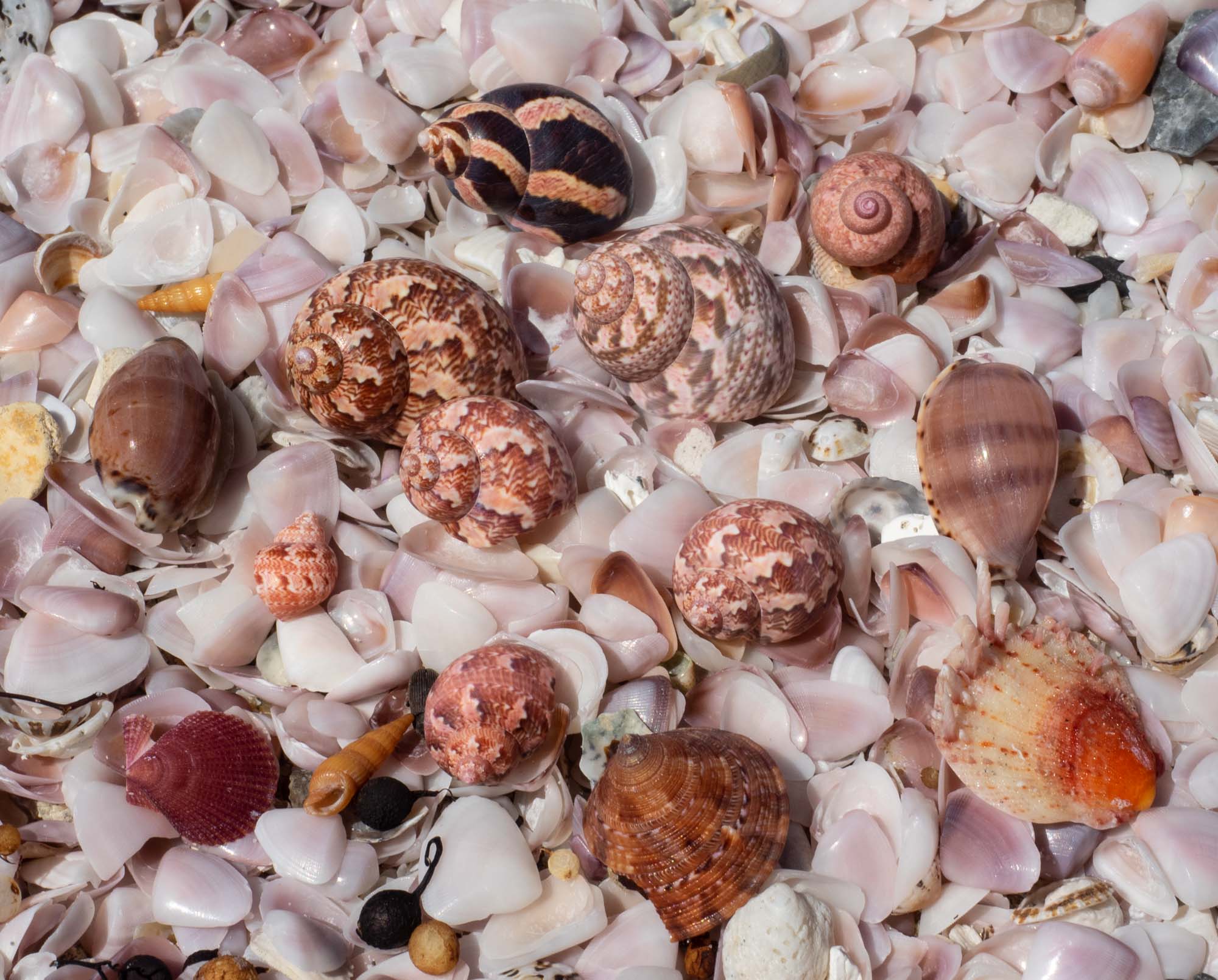
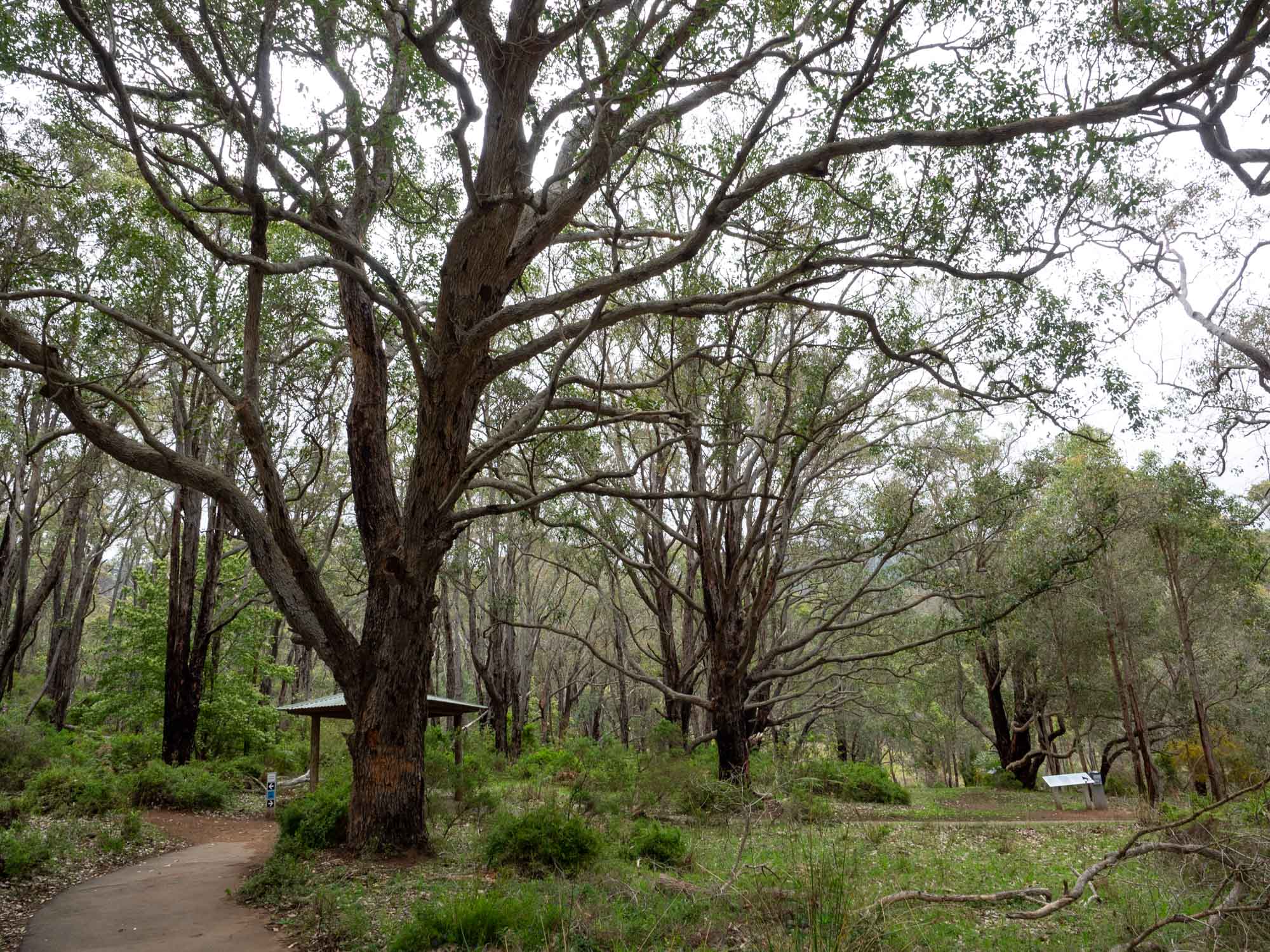
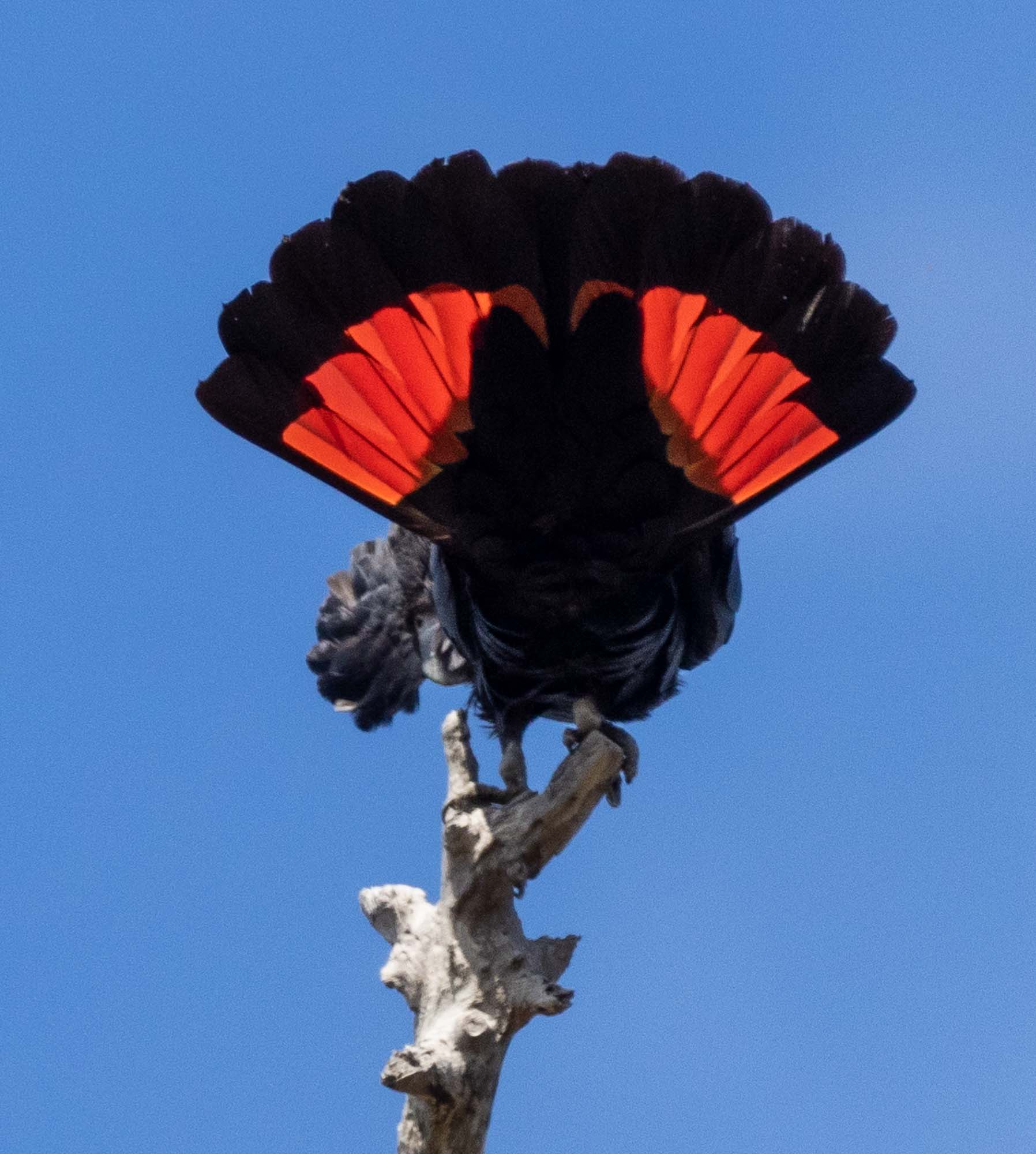

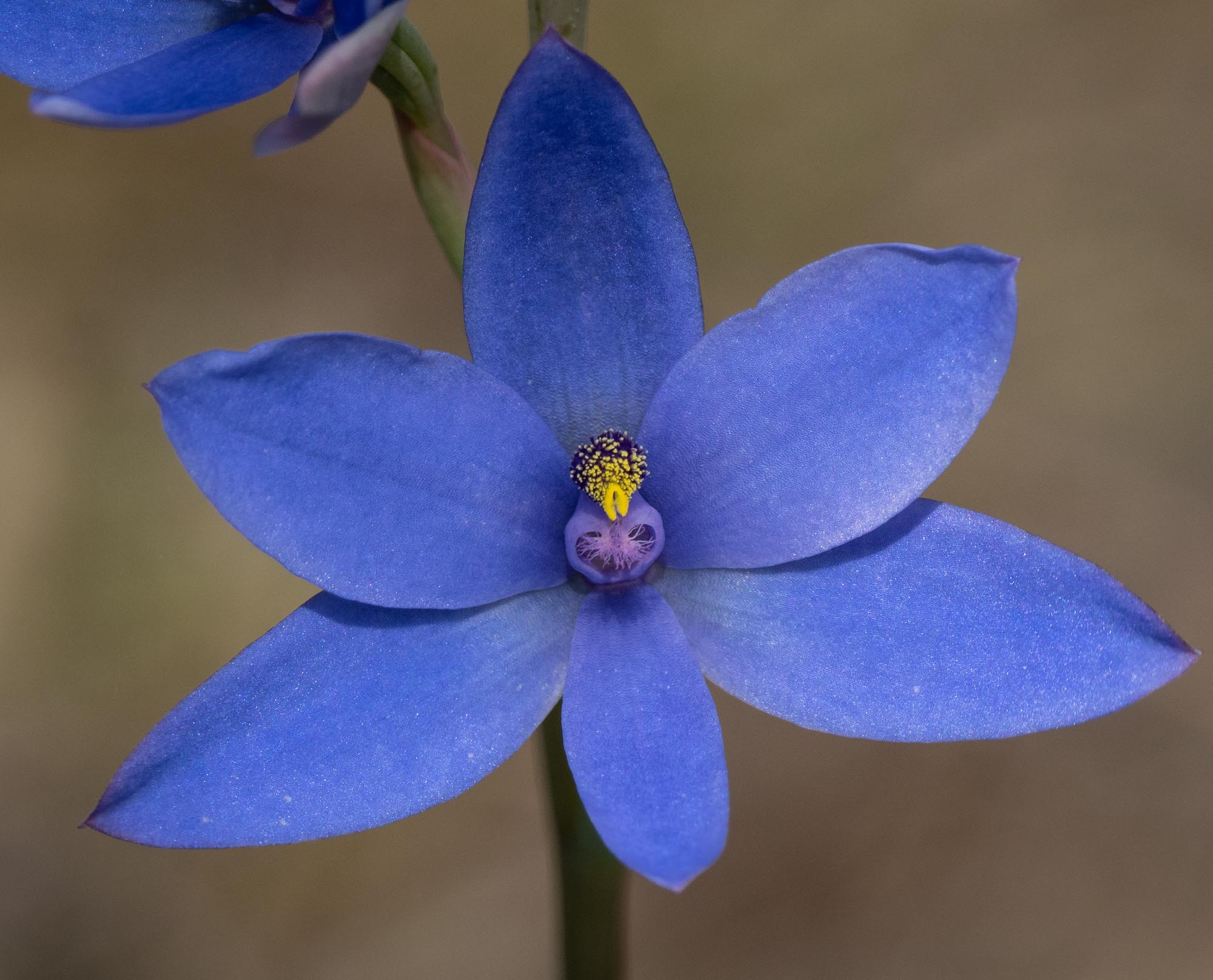
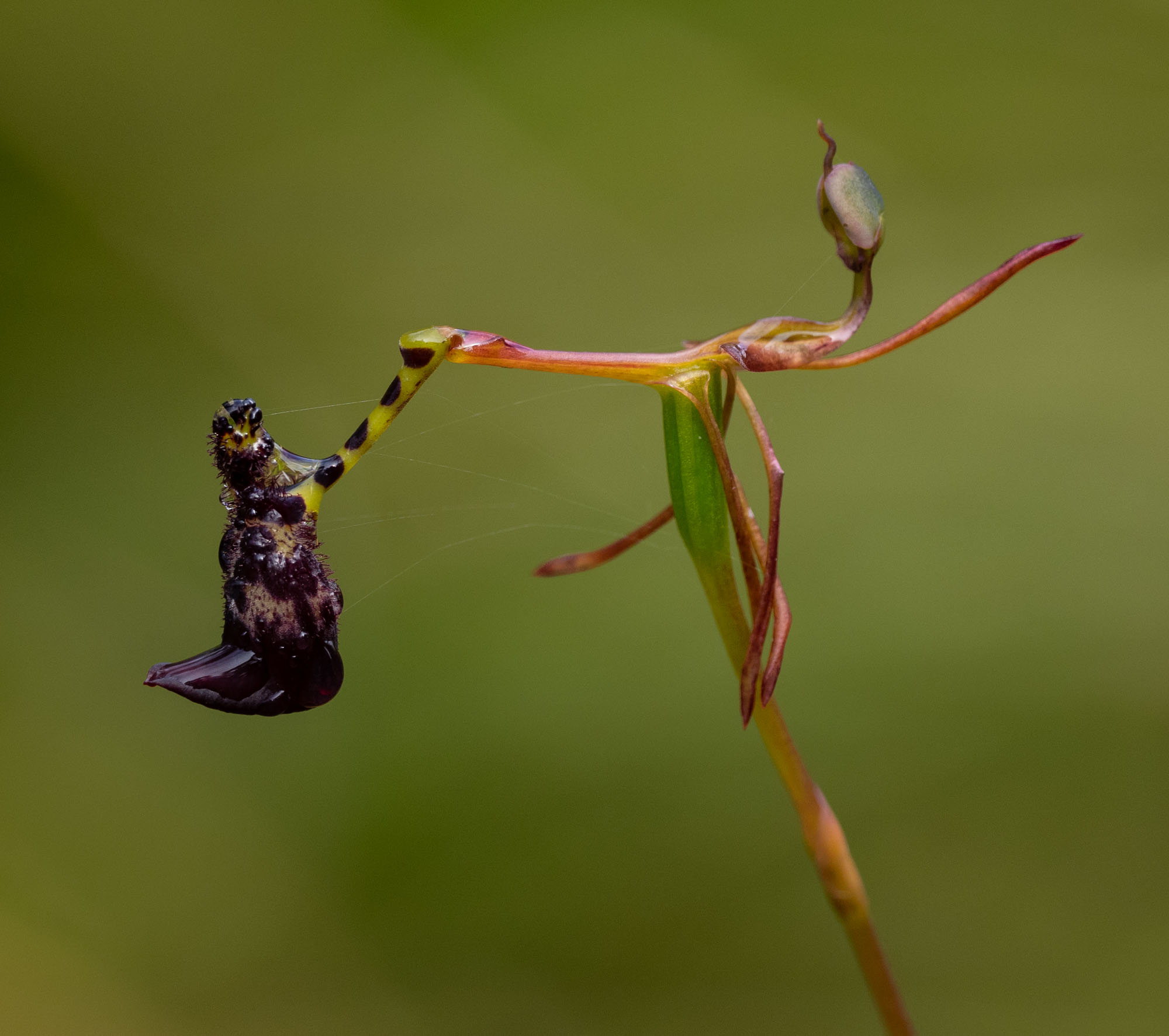
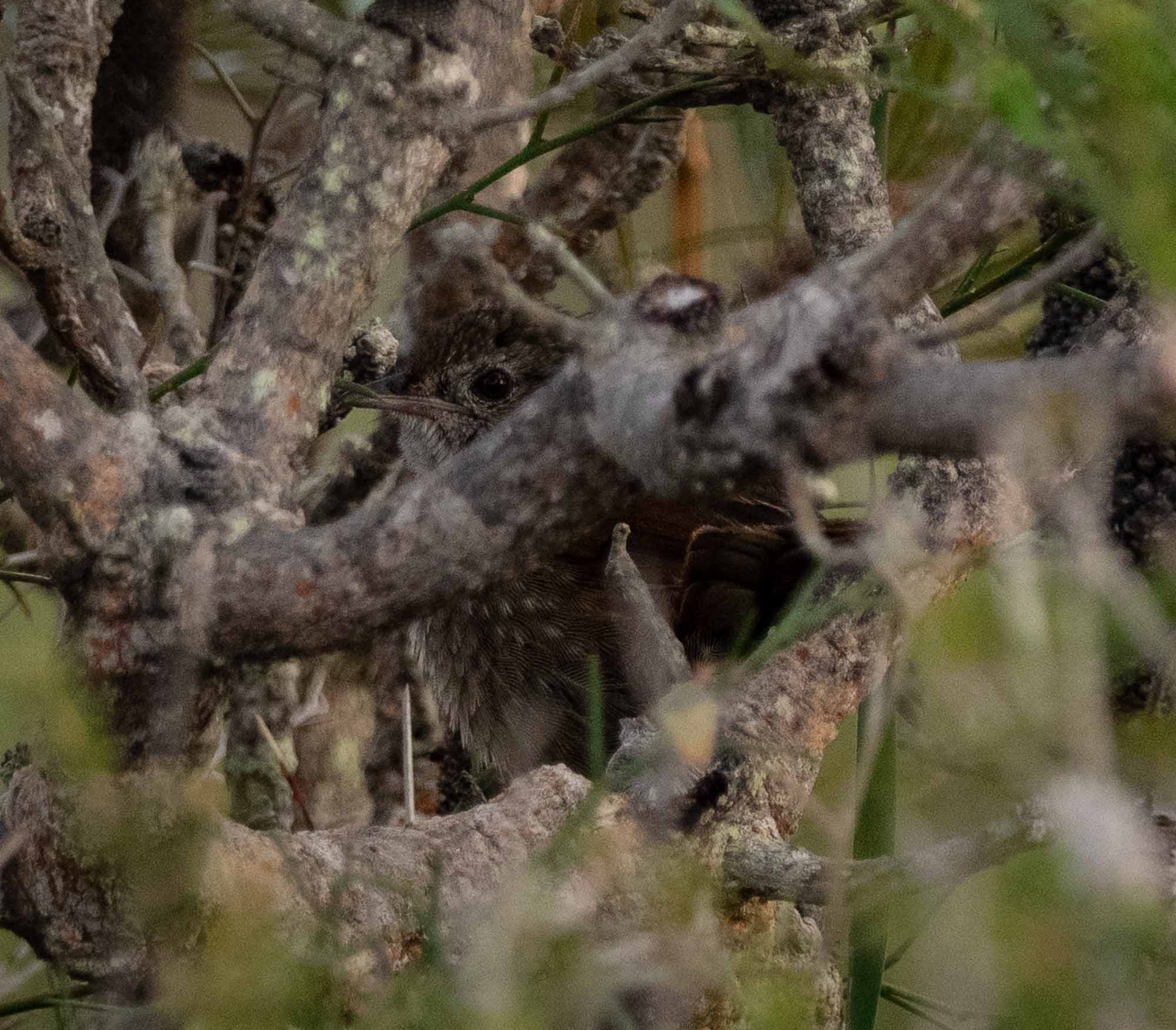


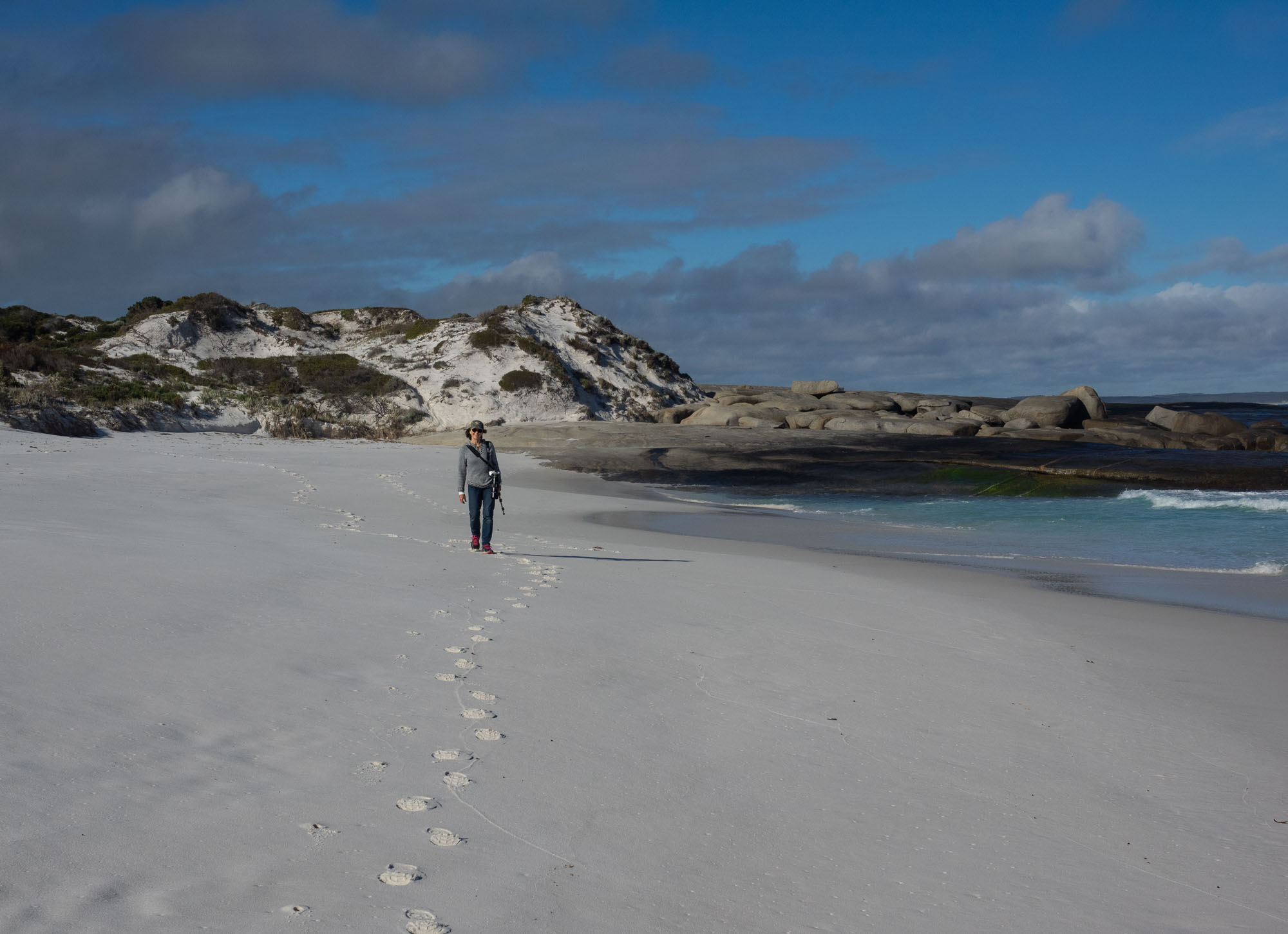
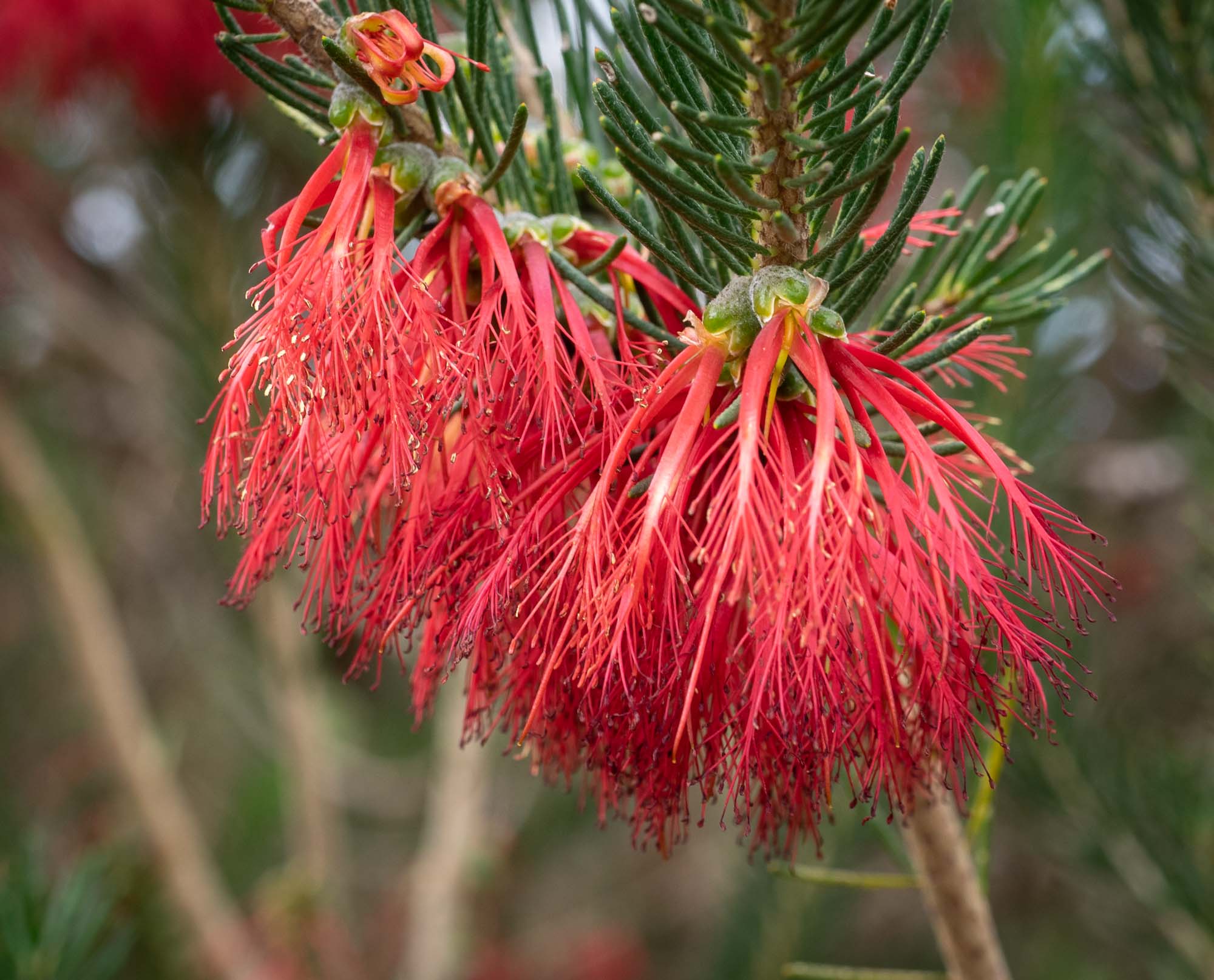
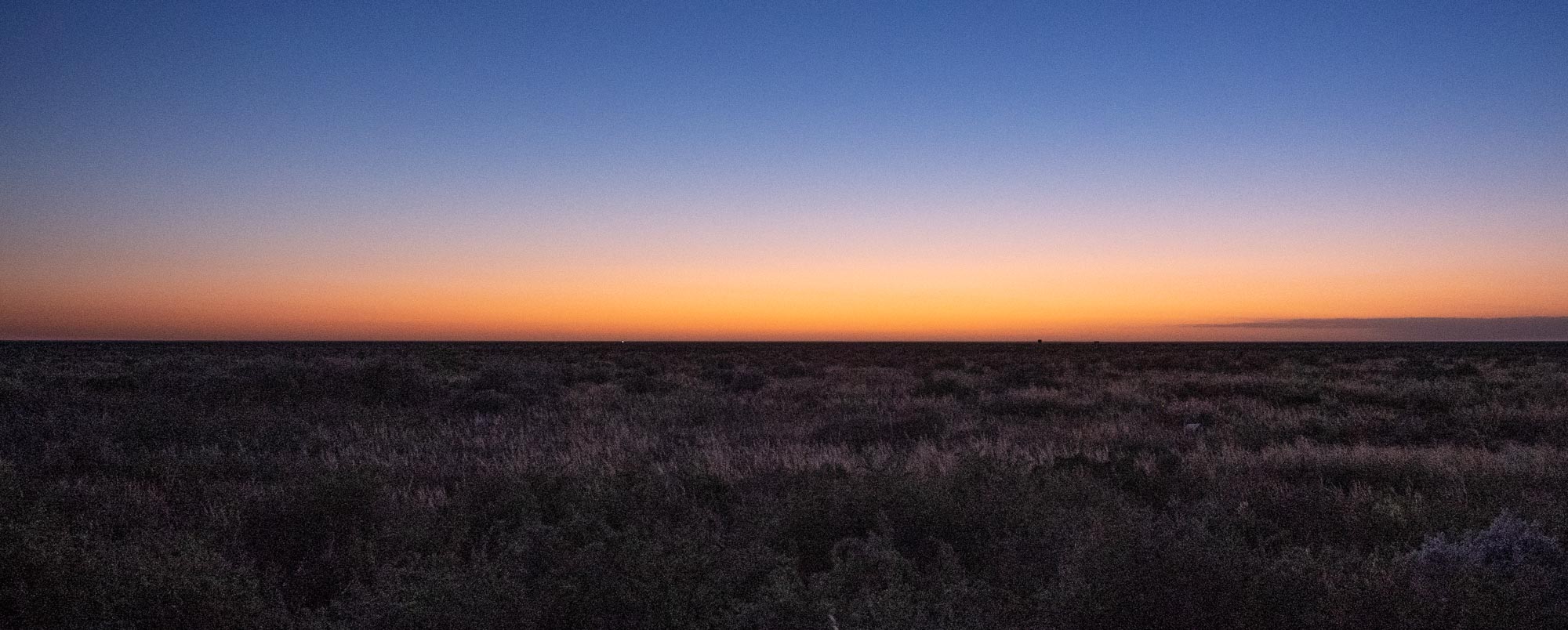
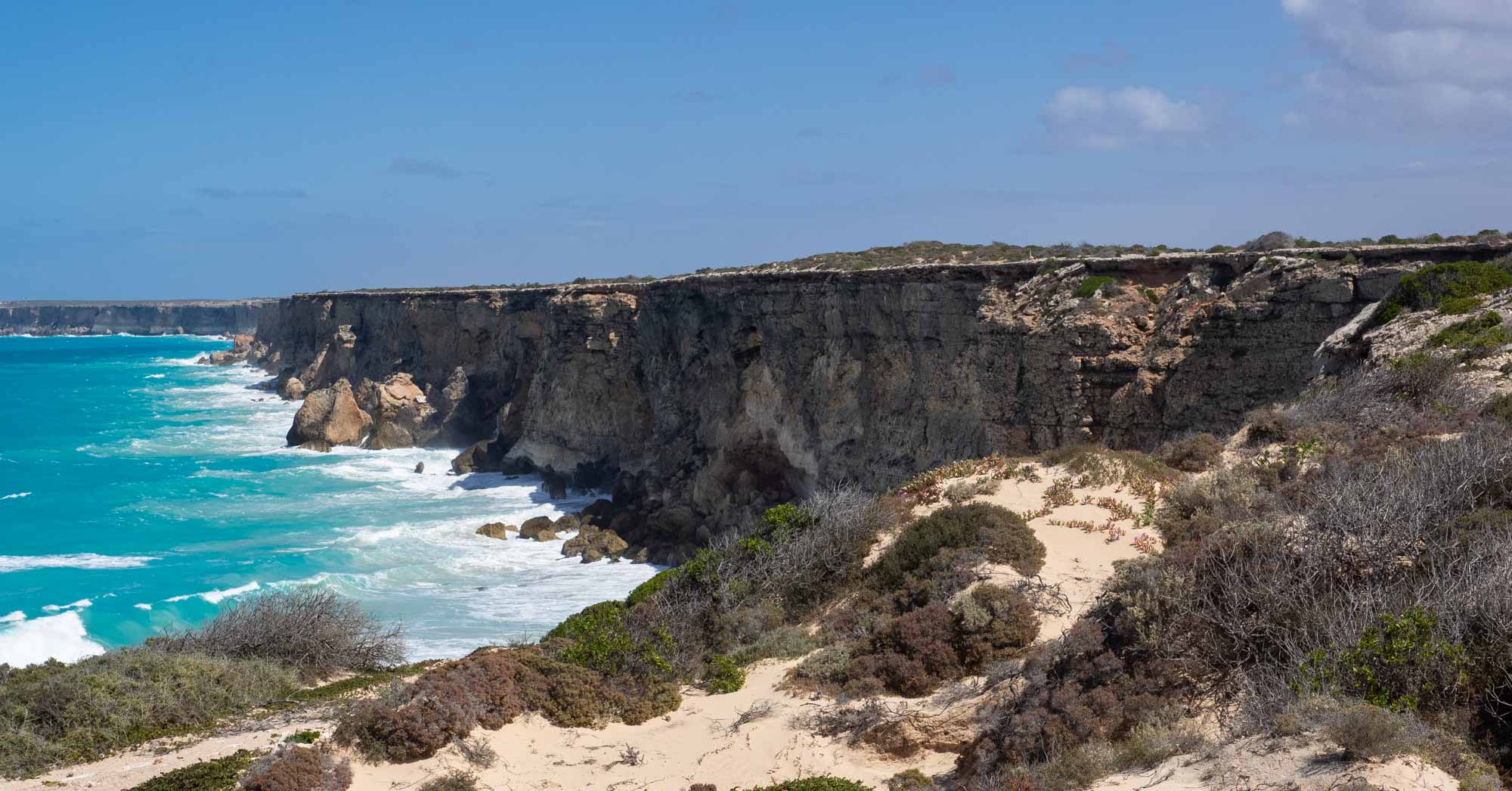




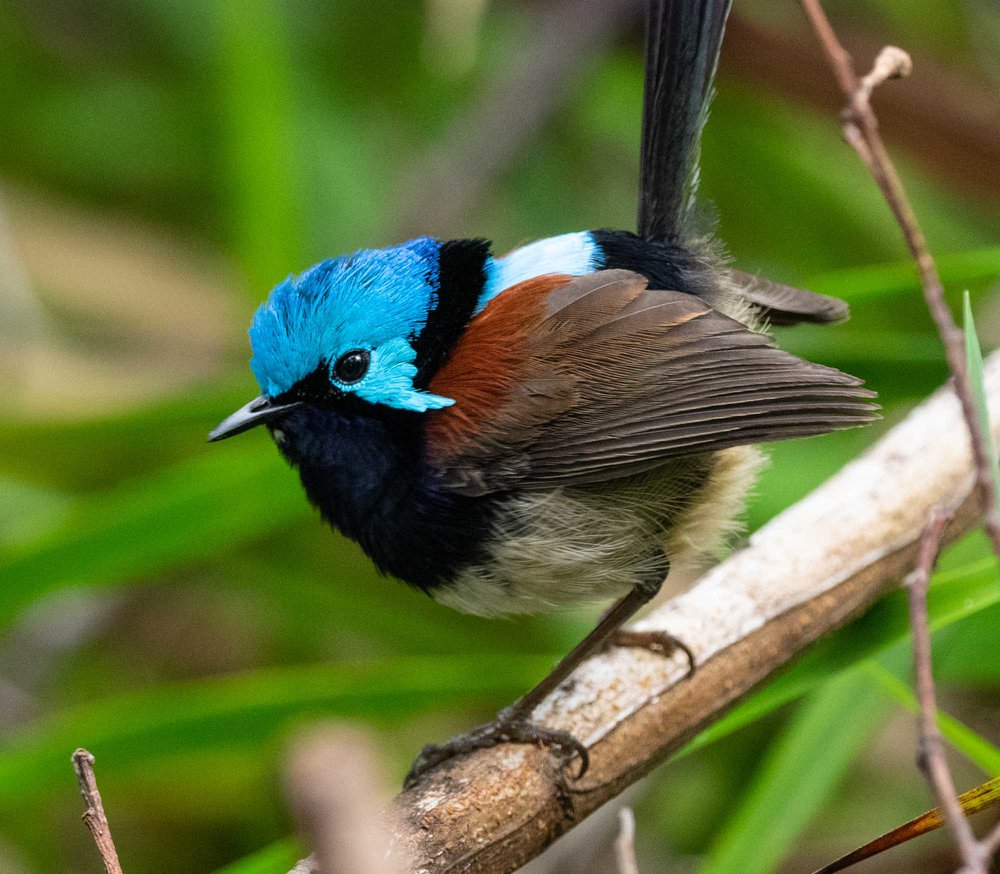
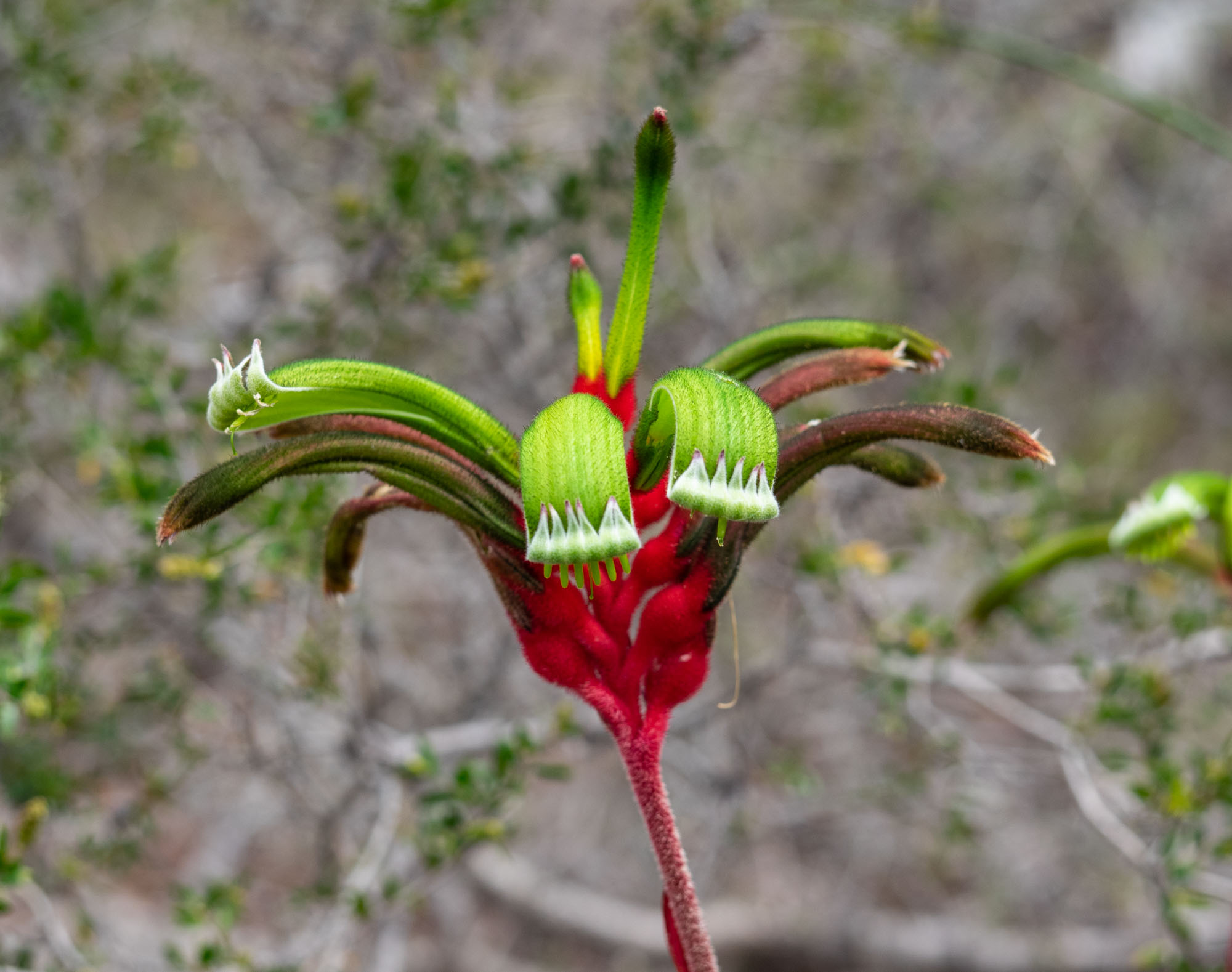
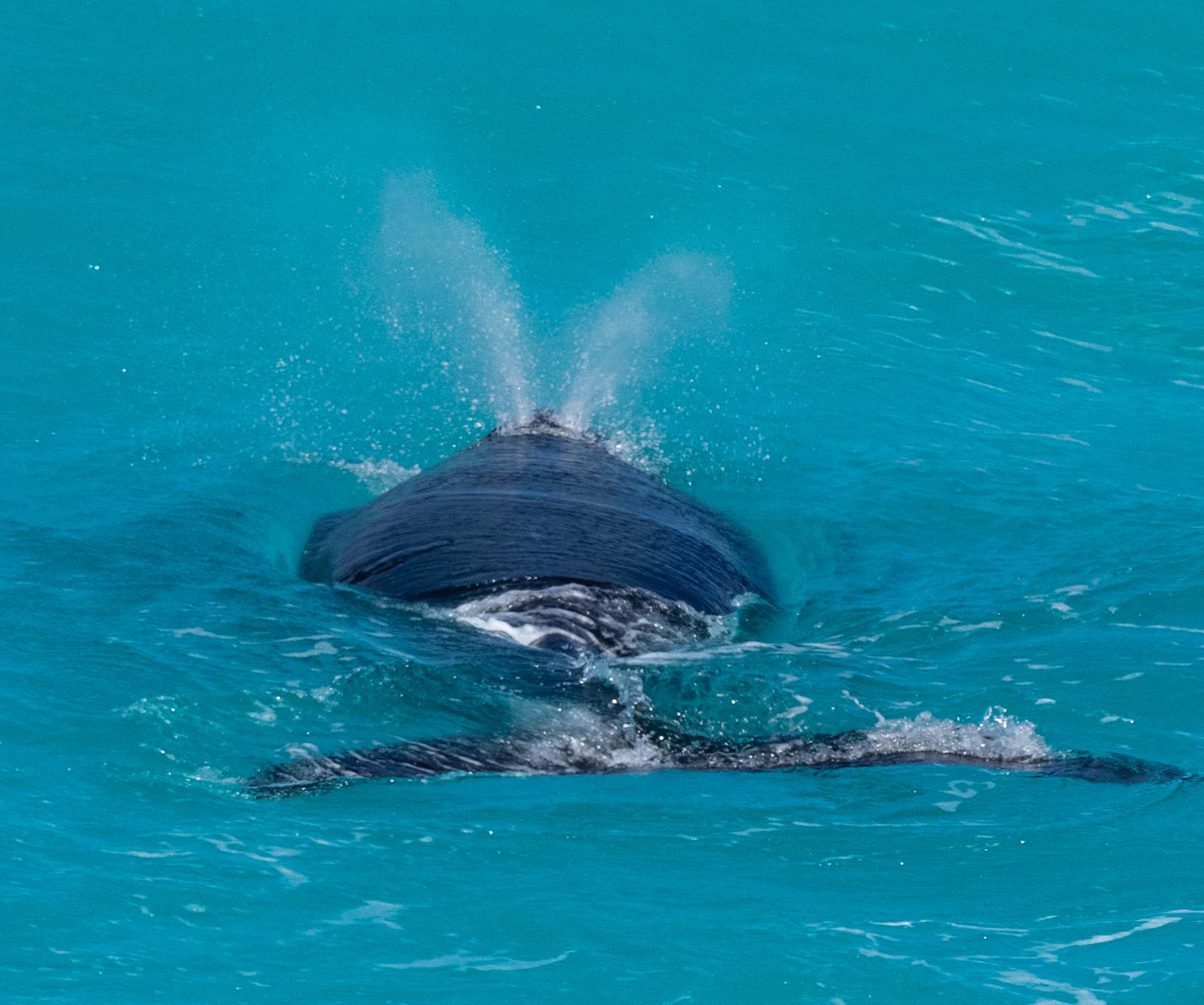
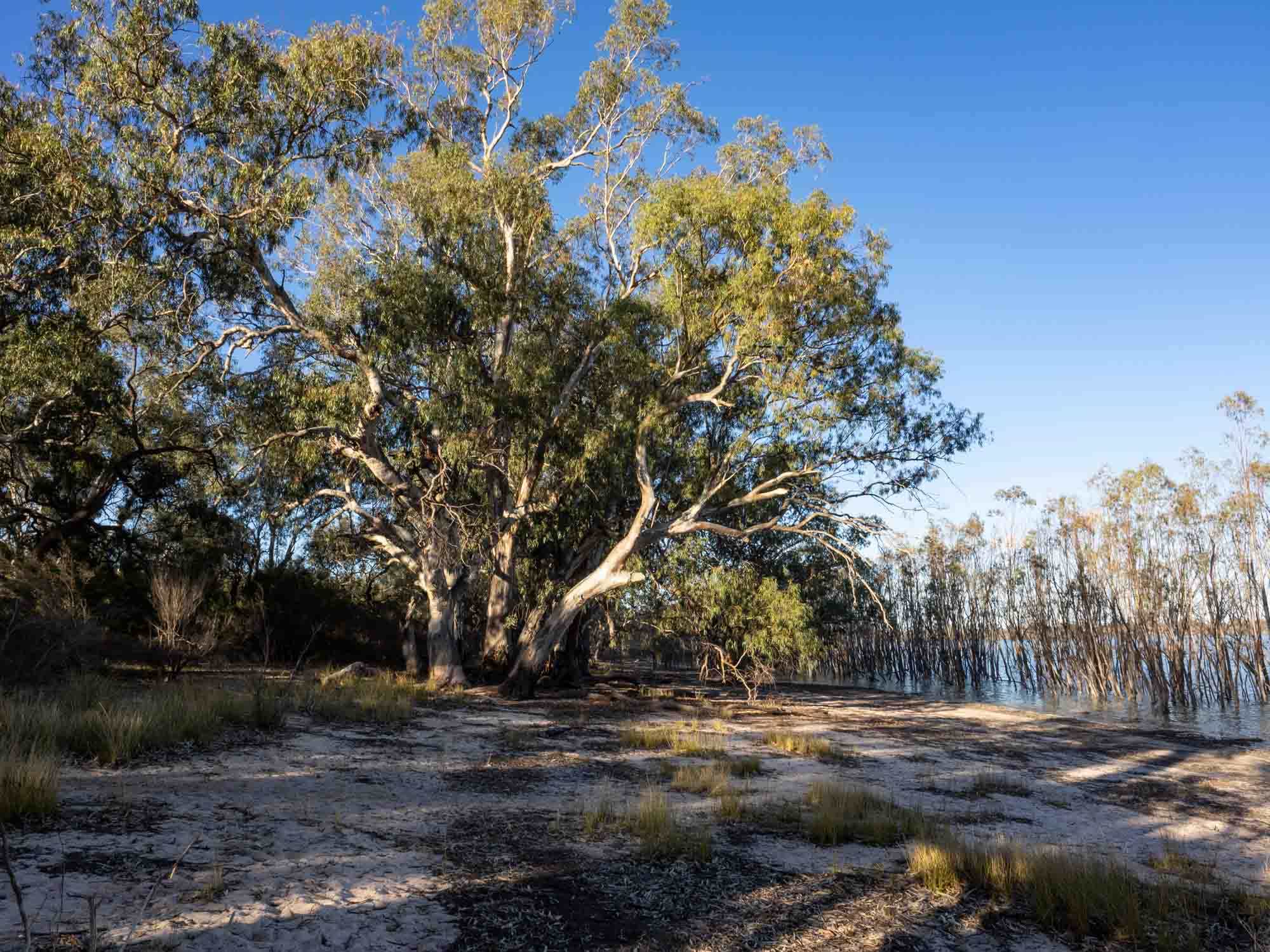
31st October - 4th November: my final post, as we head towards Melbourne.